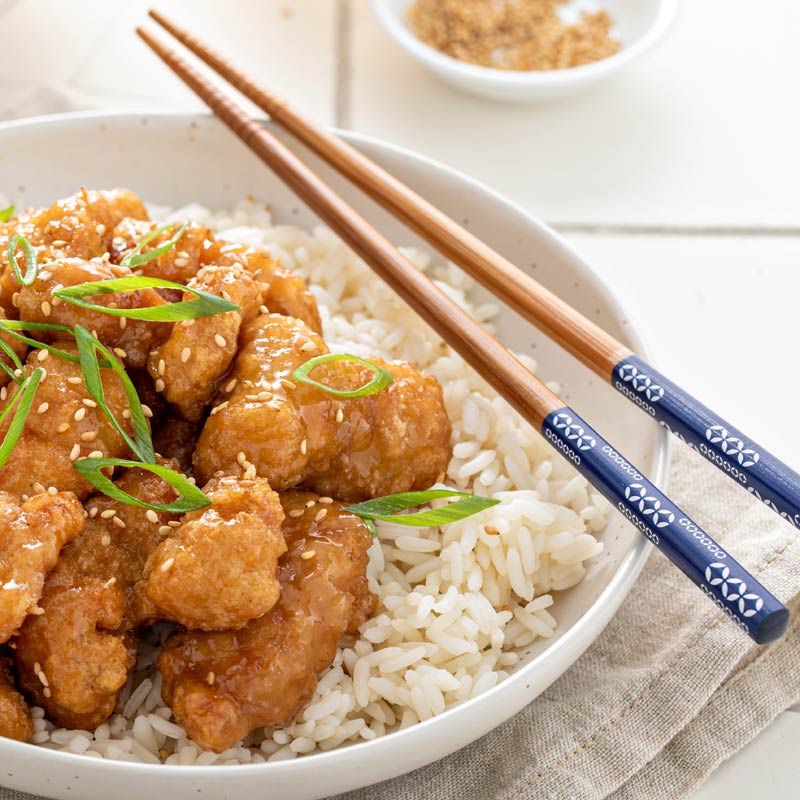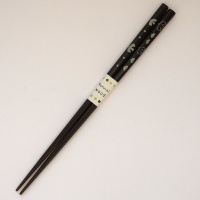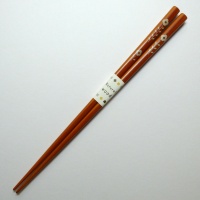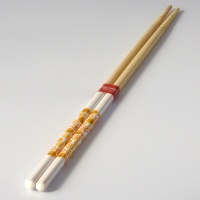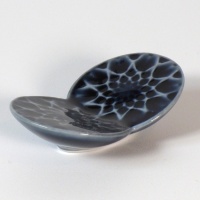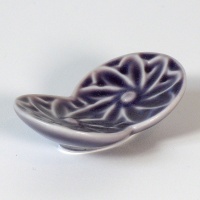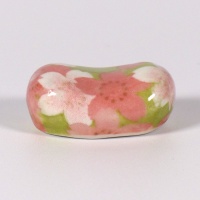Chopsticks have been around since at least 1200 BCE and the oldest ones we know of originated in China. Nowadays you will find chopsticks used in China, North and South Korea, Vietnam, Malaysia and, of course, Japan.
History of chopsticks
The earliest chopsticks, found in China, were made of bronze and, because of their length, it is thought they were mainly used for cooking.
However, a change in cooking traditions in China around 400 CE meant that food was cut into smaller pieces to reduce cooking time. People were then able to dispense with knives at the table and became accustomed to using chopsticks to eat with.
This habit was popular and spread across Asia. Some countries, such as Singapore, that originally used chopsticks have since succumbed to western influence and now either don’t use them at all or use a mixture of utensils.
In Japan chopsticks were, and still are to some extent, somewhat revered and continue to have special cultural significance. The Japanese word for 'chopsticks' is ‘o-hashi’ which sounds the same as the word for 'bridge'. In certain ceremonial settings, for example as part of the funeral ceremony, chopsticks form a metaphorical bridge between man and the gods.
As well as being part of the funeral ceremony, chopsticks hold a special significance in their use at a Japanese tea ceremony and at New Year celebrations.
Japanese chopsticks
Chopsticks in different countries and cultures differ in shape, length and material. Japanese o-hashi tend to be shorter than Chinese chopsticks at around 20cm (8 inches) long and have tapered, almost pointed ends.
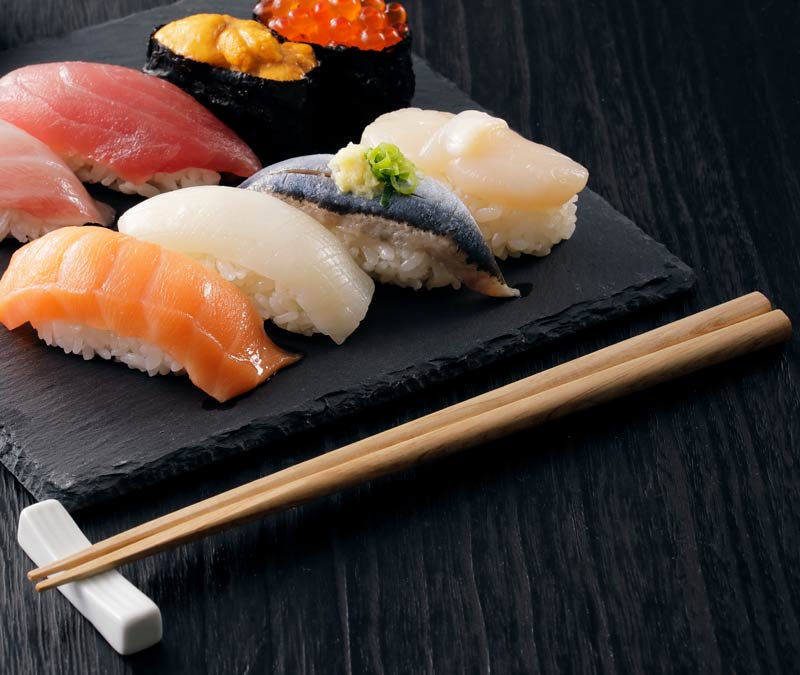
Historically, ivory, metal or even semi-precious stones like jade or coral could be used to make chopsticks for wealthy diners but today they are most commonly made of bamboo, wood or plastic and extra fancy ones are made from traditional lacquerware.
Packing a set of chopsticks is an essential part of your bento lunch and, in fact, it was the Japanese who invented disposable wood and bamboo chopsticks, known as 'waribashi', as early as the 18th century. However, because of concerns about excessive waste, many people now choose to keep a set of ‘pocket’ chopsticks in a carry case or box to use with their bento or other meals on-the-go.
Chopsticks for cooking
The original use for chopsticks was as cooking implements and you can still buy chopsticks today that are meant for this purpose.
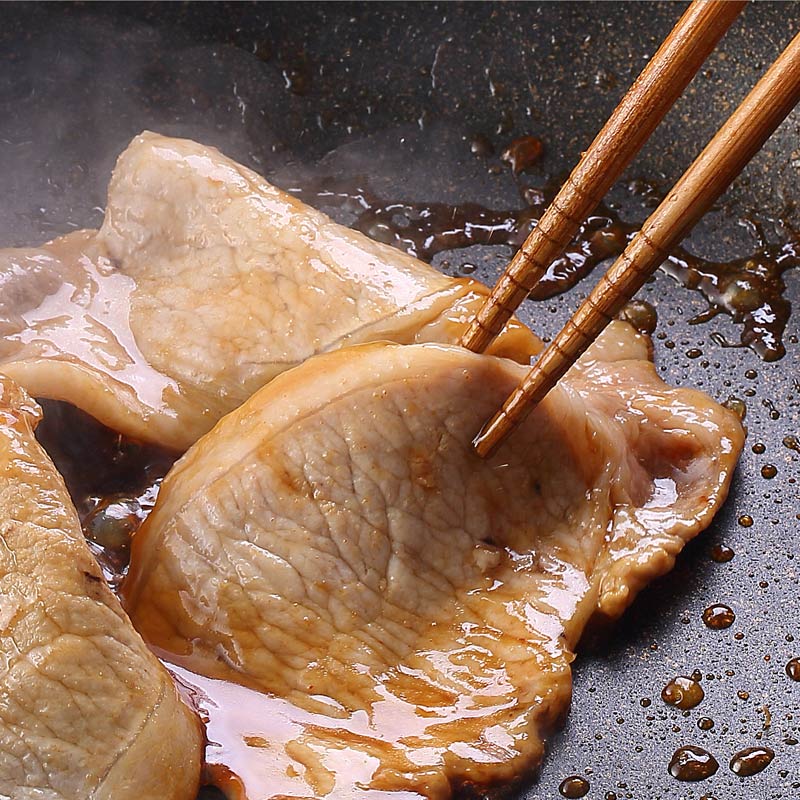
‘Saibashi’ as they are called in Japanese are typically around 30cm (12 inches) long, a good 10cm longer than regular ones, and the extra length means that you can keep your hands away from the heat or splashes from the pan. They’re great for turning and agitating food while it cooks and also for mixing, stirring and whisking. If you've never whisked egg with saibashi, you should give it a try. You'll never go back to using a fork!
Some, known as ‘agebashi’ are specifically for frying. They are designed not to retain heat and have metal tips that won’t absorb the cooking oil.
Japanese chopstick etiquette
Of course, mainly you will use chopsticks for eating. And just as we westerners value table manners, there are certain conventions that apply to using chopsticks in Japan.
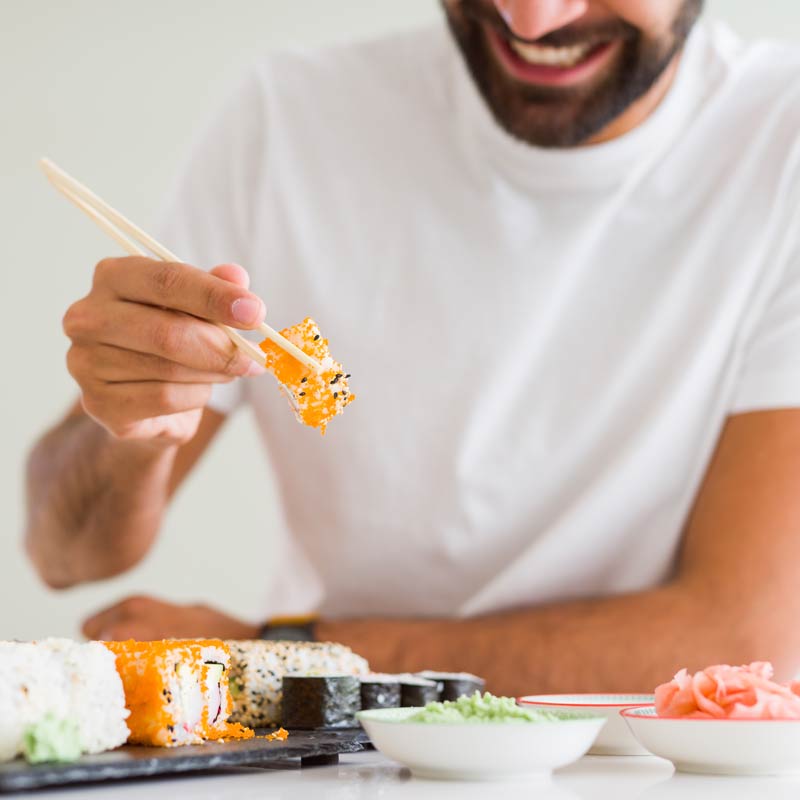
Making an effort to learn to use your chopsticks properly will help you enjoy your meal (more food will reach your mouth!) and prove less embarrassing when dining with those who are more adept.
I have found most Japanese people are pretty forgiving when it comes to chopstick use and understand that you are not used to using them in the same way they are. How important your chopstick skills are will depend on the occasion, how casual or formal the meal is and who you’re with.
Known as ‘kiraibashi’, here are some of the rules and interesting customs associated with using chopsticks that might help you fit in with others at your table.
1. Don’t leave your chopsticks standing up in your food.
Placing chopsticks sticking up out of your food is something that resembles a tradition at Buddhist funerals so you can imagine that it doesn’t look nice at the dining table. It seems disrespectful and is also, unsurprisingly, thought to bring bad luck.
If you want to put your chopsticks down, lay them across your plate or put them back on the chopstick rest where you picked them up.
2. Don’t use chopsticks to stab your food
So while you’re not sticking your chopsticks in your rice, no matter how much you’re struggling don’t use the pointy end to stab or poke your food. It just looks rude.
If you’re with friends, I’m sure they’ll delight in helping you learn the correct technique but if you’re in a more formal setting, such as a business dinner, then it might be wise to think ahead and get some practice in beforehand.
If you’re really having a tough time, remember that it’s perfectly acceptable to eat sushi (not sashimi) with your hands and in more commercial establishments you could probably get away with asking for a fork or spoon.
3. Don’t pass food between chopsticks
If someone is offering you a taste of something from their plate, don’t pass it between you using your chopsticks; and if offering something to another person don’t expect them to accept it with theirs. This is so rude that it has a special name, ‘watashibashi’, and is a reminder of another funereal custom where, after cremation, the deceased’s bones are passed along with chopsticks.
As you can imagine, that’s not something particularly nice to think of while you’re eating and could be upsetting.
If you want to give someone a morsel to try, use your chopsticks to place it on a small side plate from which they can help themselves.
4. Don’t point with your chopsticks
Or generally play with them or wave them around.
It doesn’t take a genius to figure out how rude and childish this looks so if you’re getting deep into conversation or excited waiting for the next course, be sure to place your chopsticks down neatly on your plate or on the chopstick rest to one side out of temptation’s way.
It’s worth remembering too that you should not say ‘itadakimasu’ before the meal starts with your chopsticks already in your hand!
5. Don’t make a cross with your chopsticks
If you leave your chopsticks in a cross over your bowl or plate people will think that you have finished with your food. This can look rude, especially if the meal is not over, as it implies you either don’t like or don’t want what you’ve been served.
In Japan, it’s also seen as inviting bad luck as it’s another symbol associated with death.
6. Don’t use your chopsticks to take food from a sharing plate
Common sense, really. If your chopsticks have just been in your mouth then it’s not hygienic and will seem pretty rude to your companions.
If food is served to the table on a platter for all to share, then it will usually be accompanied by serving utensils such as serving chopsticks, or 'manabashi', to put food on each individual’s plate. If for some reason there is no serving spoon or other implements then you can ask for or find a clean set of chopsticks to use.
7. Do not grasp one or both chopsticks in the palm of your hand
This looks aggressive and as if you’re going to stab someone or otherwise use them as a weapon! Obviously, that’s alarming and not a nice thing to do at dinner.
8. Don’t rub your chopstick together
Now, I have seen people do this with the cheap disposable chopsticks that you might get with your convenience store bento and the reason is that, when you break them apart to use them, rubbing them together can remove any wood splinters that might remain on the unfinished surface.
That makes sense if you’re just trying to enjoy your snack in the park but you really shouldn’t do this in any eating establishment could be seen as disrespectful. It implies that you think the cutlery you’ve been given is low quality. If you’ve been given a good pair of chopsticks then that just looks insulting to your host so maybe it’s best not to get into the habit to start with. If you are given a disposable set, you can just look them over and use your fingers to smooth them down if there are any snags.

As with many things in Japanese culture, chopsticks are imbued with a surprising amount of significance and divinity. This ‘mindful’ attitude to otherwise ordinary items that you might use every day helps us to appreciate our possessions and get joy from the small things around us.
- You can find a pretty selection of Japanese chopsticks and chopstick rests in the Hatsukoi shop.


